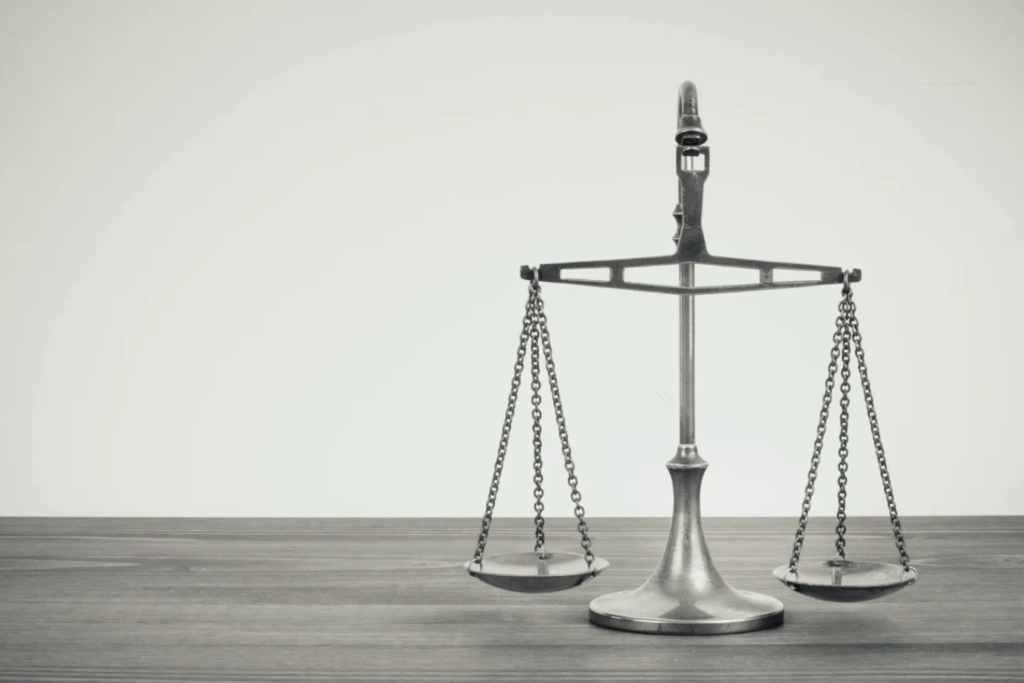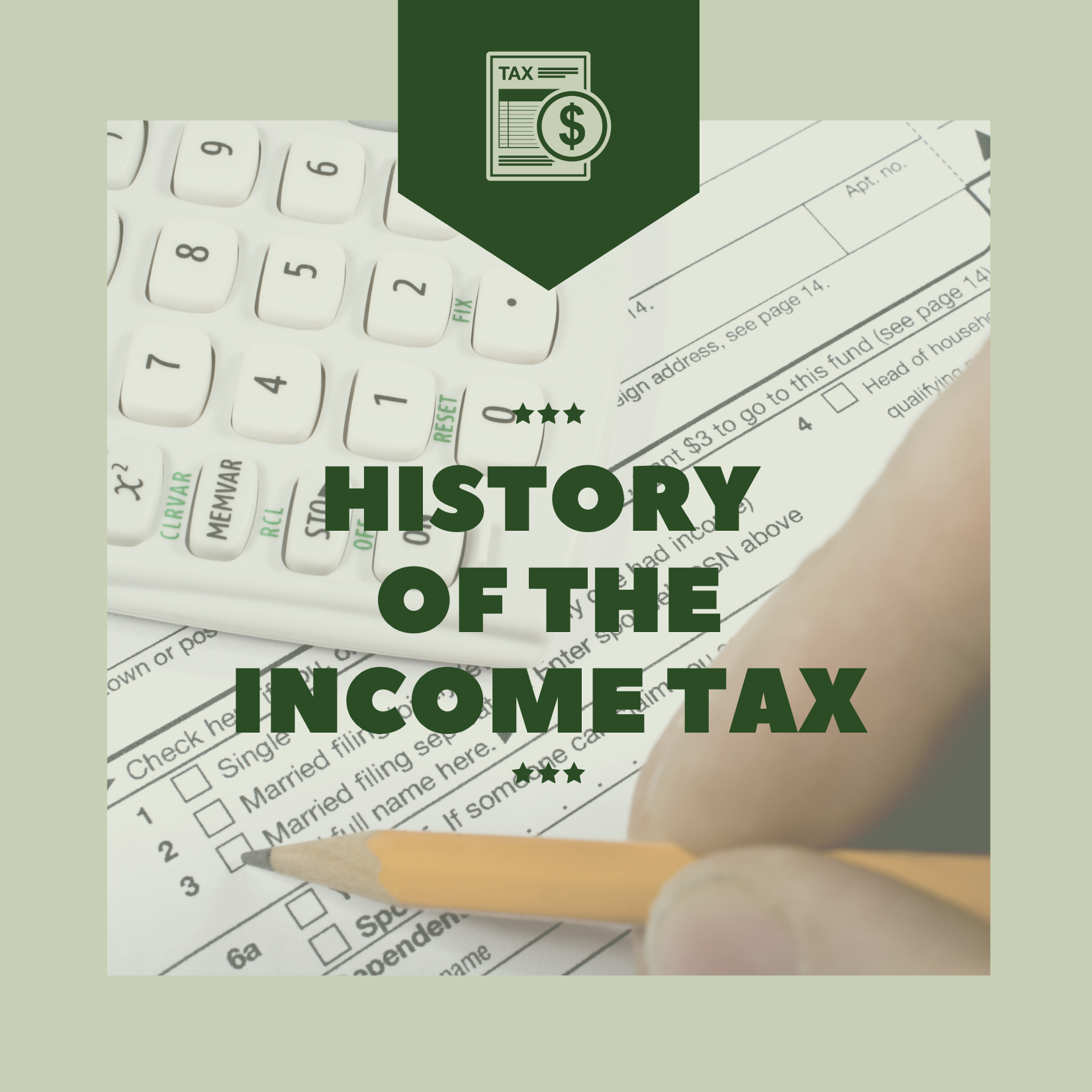
COVID-19 has been the focus of the news every day for a month now. It is truly horrible that this new strain of virus is affecting many people and the fatalities are rising. I certainly have not seen anything like it in my 63 years of life. Some compare it with the influenza epidemic of 1918-19 that killed about 30 million people worldwide. Let us pray that COVID-19 does not come close to that devastation.
Personally, I think we are better prepared to combat a pandemic than we were in 1918. Viruses were not discovered until the 1890s and the germ theory of disease had not been completely accepted internationally by 1918. The expansion of medical knowledge and systematic training has grown exponentially in 100 years. The medical community is better prepared now than it was 100 years ago for an epidemic.
This article started off with COVID-19 because it is newsworthy and I have had many questions from friends about the promise benefits. Three new laws that have been rushed through Congress and signed by President Trump have a significant financial impact on small business owners.
Here are the recent laws passed by our elected officials in Washington DC.
- On March 6, HR 6074, Coronavirus Preparedness and Response Supplemental Appropriations Acts, 2020 was passed. This was considered Phase 1. Emergency funding sought to treat and prevent the communication of COVID-19 and to minimize its effects. This included vaccination research, emergency funding for the CDC, and grants for medical equipment to public health agencies. The SBA was approved to offer disaster loans.
- On March 14, HR 6201, Families First Coronavirus Response Act (FFCRA) served as Phase 2 of the federal government’s response to this unprecedented pandemic. This bill provides paid sick leave, up to 3 months of paid family medical leave, expanded unemployment benefits, nutritional assistance, and free coronavirus testing. Employers with less than 500 workers on payroll are required to cover two weeks of paid sick leave to anyone unable to work because of COVID-19 challenges such as: quarantine, isolation, virus symptoms, or caring for someone in quarantine or isolation or caring for children whose schools have been closed. Self-employed workers will receive a tax credit equal to the sick leave amount.
- On March 27, S 3548, the Coronavirus Aid, Relief, and Economic Security Act (CARES Act) became Phase 3 of the government’s strategy to combat this deadly disease. The CARES Act authorized emergency (economic) and healthcare assistance for individuals, families, nonprofit organizations and businesses. Individuals with AGI (adjusted gross income) less than $75,000 will receive a cash payment of $1,200. A married couple will receive $2,400 if their AGI is below $150,000. This financial aid is reduced for AGIs greater than $75,000 and completely disappears at $99,000. In addition, families will receive an additional $500 for each child under age 18.
- The CARES Act authorizes new lending programs for small businesses for maintaining their current payroll levels.
- Additional federally guaranteed loans are also available to small businesses that maintain their workforce. A portion of these loans can be forgiven if workers remain on the company payroll.
- Industry specific loans were also approved.
Please be aware that three bills representing hundreds of pages of new law cannot be adequately summarized in a few short paragraphs. You will need to do your own research or perhaps obtain legal advice.
Below, I will highlight key aspects of the Payroll Protection Program (PPP) and the Economic Injury Disaster Loans (IEDL) program which were authorized by the CARES Act.
- The Payroll Protection Program applies to small businesses. Small business owners contact their local bank to apply for this specialized loan. I understand that the eight (8) weeks after the funds are received are the focus of how much of the loan can be forgiven. If the funds are used to pay payroll, utilities, rent, or mortgage interest (on business property), that amount will be forgiven. The remaining balance (not forgiven) will be set up as a 2-year loan at 1%. A PPP Borrower Application Form may be found on the SBA website.
- An Economic Injury Disaster Loan Emergency Advance is obtained directly from the SBA, not a local bank. It provides economic relief to businesses that are experiencing a temporary loss of revenue. $10,000 of the advance does not need to be repaid. The balance of the loan will be set up at 3.75% to be paid over 30 years. Please see the SBA website at: https://www.sba.gov/funding-programs/loans/coronavirus-relief-options. Please note that two other benefits are listed on the SBA home page: SBA Express Bridge Loans and SBA Debt Forgiveness, but they are beyond the scope of this article.
In closing, we have all been affected by this disease. We all know somebody who has lost a job, or a physician or nurse who is working long hours. A friend of ours may know someone afflicted with COVID-19. All our routines have changed. I now wear a mask and latex gloves in the grocery store. I haven’t shaken hands with a friend in more than a month. I recommend you take advantage of the programs I have outlined above if they apply to you. As Americans united against this merciless enemy, we will get through this national trial of our will and commitment. Stay positive and be smart.
Aric Schreiner, CPA, PFS, is managing member of Columbia CPA Group, LLC.




